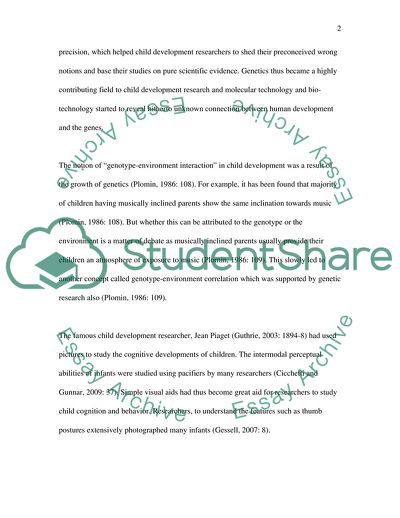Cite this document
(Technological Changes in the Methods Used to Study Child Development Article, n.d.)
Technological Changes in the Methods Used to Study Child Development Article. https://studentshare.org/education/1741313-with-respect-to-social-behavioural-and-cognitive-perspectives-discuss-how-technological-changes-in-the-methods-used-to-study-child-development-have-increased-our-knowledge-of-the-subject
Technological Changes in the Methods Used to Study Child Development Article. https://studentshare.org/education/1741313-with-respect-to-social-behavioural-and-cognitive-perspectives-discuss-how-technological-changes-in-the-methods-used-to-study-child-development-have-increased-our-knowledge-of-the-subject
(Technological Changes in the Methods Used to Study Child Development Article)
Technological Changes in the Methods Used to Study Child Development Article. https://studentshare.org/education/1741313-with-respect-to-social-behavioural-and-cognitive-perspectives-discuss-how-technological-changes-in-the-methods-used-to-study-child-development-have-increased-our-knowledge-of-the-subject.
Technological Changes in the Methods Used to Study Child Development Article. https://studentshare.org/education/1741313-with-respect-to-social-behavioural-and-cognitive-perspectives-discuss-how-technological-changes-in-the-methods-used-to-study-child-development-have-increased-our-knowledge-of-the-subject.
“Technological Changes in the Methods Used to Study Child Development Article”. https://studentshare.org/education/1741313-with-respect-to-social-behavioural-and-cognitive-perspectives-discuss-how-technological-changes-in-the-methods-used-to-study-child-development-have-increased-our-knowledge-of-the-subject.


